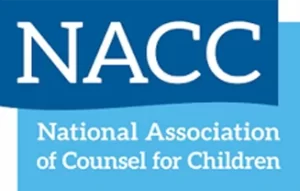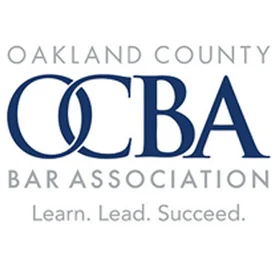What is an IEP?

If you’re the parent of a child with a disability, you’ve probably heard this term a lot. But what exactly does it mean? IEP stands for “individual education program,” and it’s a part of the Individuals with Disabilities Education Act (IDEA)’s promise to provide your child with a free, appropriate public education (FAPE), regardless of their disability. The IEP itself is a written document spelling out the educational program that you and school have designed together to meet your child’s individual needs. Every child who receives special education services must have an IEP.
Purpose of an IEP
The IEP has two general purposes: (1) to set reasonable learning goals for a child, and (2) to state the services that the school district will provide for the child. The IEP gets developed by the IEP team, which includes key members of the school’s staff as well as you, the parents. At the IEP meeting, you will review the assessment information available about your child and then design a program to address the child’s educational needs that result from their disability. The IEP team must include the following members:
- The parents of the child;
- At least one regular education teacher of the child (if the child will be integrated into the general education classroom);
- At least one special education teacher of the child;
- A representative of the public agency who is qualified to provide, or supervise the provision of, specially designed instruction to meet the unique needs of child with disabilities; is knowledgeable about the general education curriculum; and is knowledgeable about the availability of resources of the public agency;
- An individual who can interpret the instructional implications of evaluation results (such as a school psychologist);
- Other individuals who have knowledge or special expertise regarding the child, including related services personnel (invited at the discretion of the parent or the agency);
- The child in question (when appropriate – typically, after 15 years of age).
IEP Meeting
The IEP meeting must be held within 30 calendar days after an evaluation determines that a child has one of the disabilities listed in the IDEA and is in need of special education and related services. The IEP must then be reviewed at least annually to determine whether the annual goals are being made. If the annual goals are not being met, then the IEP must be revised as appropriate.
What’s included in an IEP?
What goes in an IEP? The IDEA lists specific information that must be included, such as:
- The child’s present levels of academic achievement and functional performance. This must describe how the child is currently doing in school and how their disability impacts their progress in general curriculum classes.
- Annual goals for the child. These must be decided upon by the parents and the school, and they must be goals that can reasonably be accomplished by the child in a year.
- The special education and related services to be provided to the child. Related services can include things such as communication devices or hearing aids.
- A determination as to how much of the school day the child will be educated from nondisabled children. This section should also include whether the student can participate in extracurricular or nonacademic activities such as lunch or school organizations/clubs.
- If and how the child is to participate in state and district-wide assessments, including what modifications to tests the child needs.
- When services and modifications will begin, how often they will be provided, where they will be provided, and how long they will last.
- How school personnel will measure the child’s progress toward the annual goals.
Still have questions about your child’s IEP?
Does your child need changes to their IEP but the school is resisting? It helps to speak with an attorney who is experienced in educational law. Here at Kirsch Daskas, we have almost thirty years of education law experience. We’re here to help. Call us today.










